Big cats are among the most fascinating creatures in the animal kingdom, captivating humans for centuries with their majestic presence and powerful hunting capabilities. These large felines not only serve as apex predators in their ecosystems but also play crucial roles in maintaining ecological balance. One intriguing aspect of big cats is their territorial behavior. Understanding how far these majestic animals roam can shed light on their survival, social structures, and conservation needs.
What Defines a Big Cat?
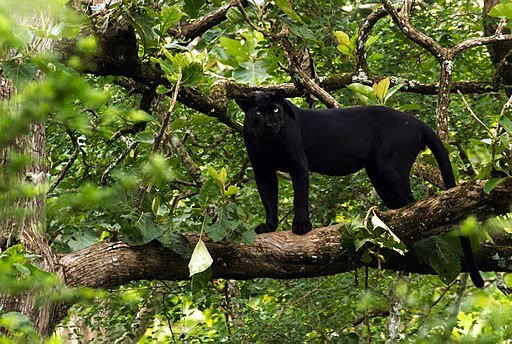
The term “big cat” generally refers to members of the Felidae family that belong to the group known as ‘Panthera.’ This includes lions, tigers, leopards, and jaguars. Cheetahs and snow leopards are sometimes included due to their size and similar ecological roles, although they belong to different genera. These cats are known for their impressive size, strength, and their ability to roar, a vocalization possible due to their specialized larynx and hyoid apparatus.
Territorial Behavior: A Key to Survival

Territorial behavior in big cats is primarily driven by the need to secure resources such as food, mates, and shelter. Establishing and maintaining a territory allows these animals to optimize their hunting efficiency and reproductive success, while minimizing competition with other individuals. Each species and even individual cats may have different territorial ranges, influenced by factors such as gender, age, prey availability, and environmental conditions.
Lions: Kings of Expansive Grasslands

Lions, often referred to as the “kings of the jungle,” primarily inhabit the savannas and grasslands of Africa. Prides, which are large social structures typically led by a male lion, maintain territories that can span from 20 to over 400 square kilometers. Male lions often venture further than females as they patrol boundaries to fend off rivals. The size of a lion’s territory is heavily influenced by the abundance of prey and the presence of competing prides.
Tigers: Solitary Roamers of Dense Forests

Tigers are solitary animals that primarily inhabit the dense forests of Asia. Their territories are remarkably large, varying greatly between subspecies; for instance, the Siberian tiger’s territory can stretch over an immense 2,000 square kilometers, owing to sparse prey across vast northern landscapes. Meanwhile, in more prey-rich areas, such as those inhabited by Bengal tigers in India, territories can be significantly smaller yet remain fiercely defended against intruders.
Leopards: Adaptable Survivalists

Leopards are incredibly adaptable big cats residing in various habitats, from African savannas to Asian rainforests. This adaptability also extends to their territorial preferences. A leopard’s home range may extend from 30 square kilometers in dense forests where prey is plentiful, to over 100 square kilometers in areas with fewer resources. Leopards are known for being elusive and often wander into human-inhabited areas, highlighting their versatile survival skills.
Jaguars: Guardians of the Jungle
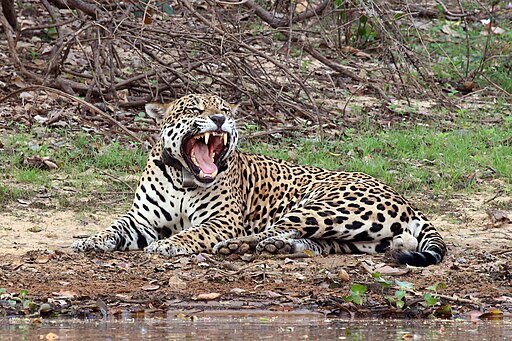
The mysterious jaguar inhabits the vast tropical and subtropical forests of Central and South America. Jaguars are solitary hunters with home ranges generally covering about 50 to 100 square kilometers. They maintain territories along water bodies where prey is abundant. Unlike other big cats, jaguars are adept swimmers, often crossing rivers to patrol their domains or explore new terrains for hunting opportunities.
Cheetahs: Sprinters of the Open Plains

Cheetahs, the world’s fastest land animals, are found primarily in the open plains of Africa. Their territories encompass around 800 square kilometers, which may be required to sustain their high-energy lifestyle. Males, especially when forming small groups called coalitions, tend to have larger ranges than solitary females. Unlike other big cats, cheetahs rely on speed over stealth, often requiring vast open spaces to execute their high-velocity pursuits.
Snow Leopards: Ghosts of the Mountains
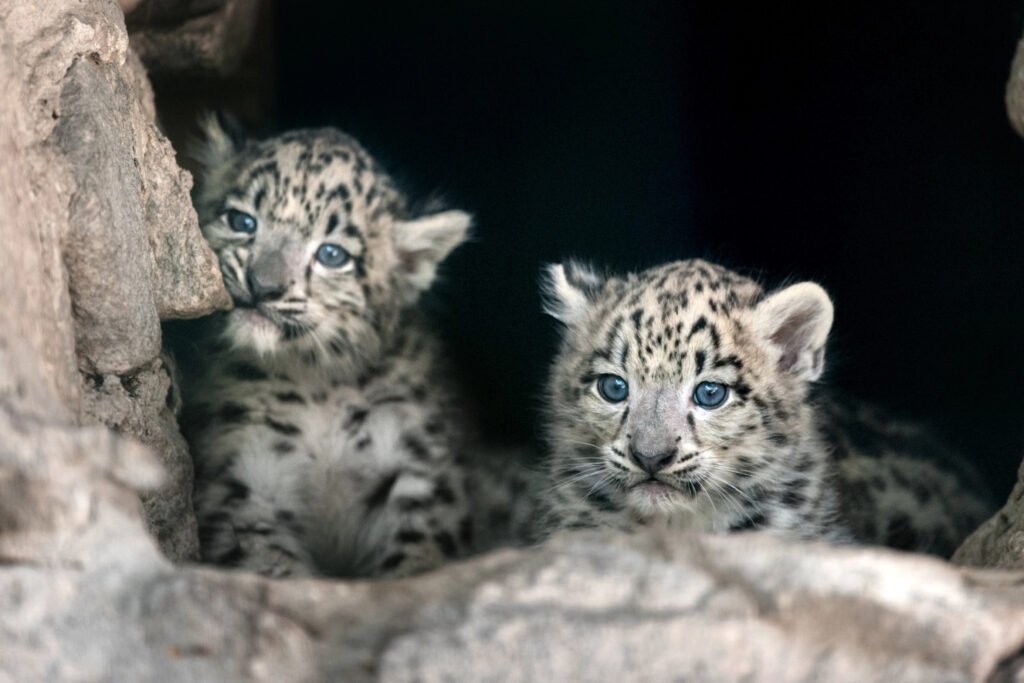
Snow leopards roam the rugged, remote mountain ranges of Central and South Asia. These elusive cats require vast territories, sometimes exceeding 1,000 square kilometers, to access sufficient prey in challenging alpine environments. Their large home ranges also accommodate seasonal migrations driven by the movements of primary prey like ibex and blue sheep. Snow leopards’ ghostly moniker reflects their remarkable camouflage and ability to blend into the rocky landscapes they inhabit.
Human Impact on Big Cat Territories
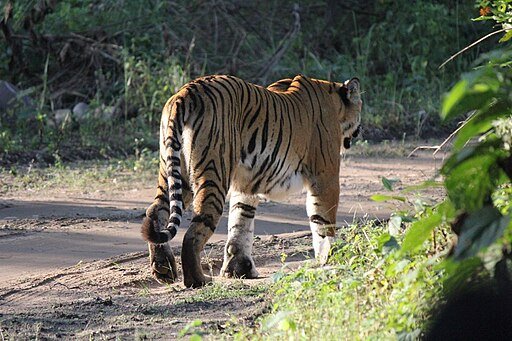
Human encroachment poses a significant threat to the territories of big cats. Land development for agriculture, urbanization, and infrastructure fragments these vital habitats, reducing the available area for these animals to roam. This often leads to increased human-wildlife conflict as big cats venture into human domains in search of resources. Protecting corridors and conserving existing territories is crucial for mitigating these conflicts and ensuring the survival of these majestic animals.
The Role of Conservation in Preserving Territories
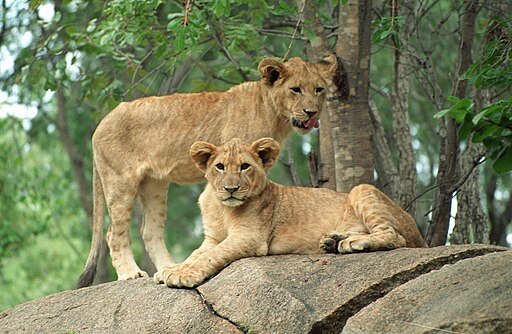
Efforts to preserve big cat territories involve a mix of protected area management, community engagement, and scientific research. Conservation strategies aim to restore habitats, create wildlife corridors, and foster coexistence between humans and big cats. Prominent organizations and local governments work to secure these animals’ futures by addressing poaching, habitat destruction, and climate change impacts. Public awareness and support play vital roles in these endeavors, underscoring the collective responsibility in safeguarding our planet’s charismatic megafauna.





